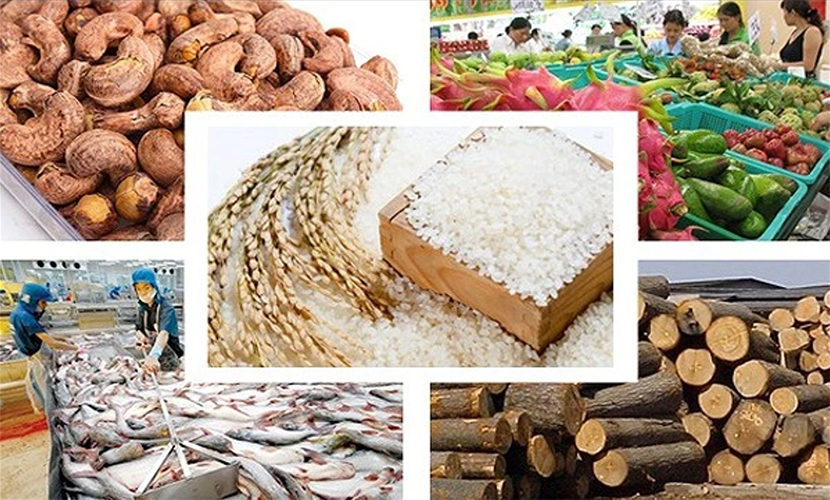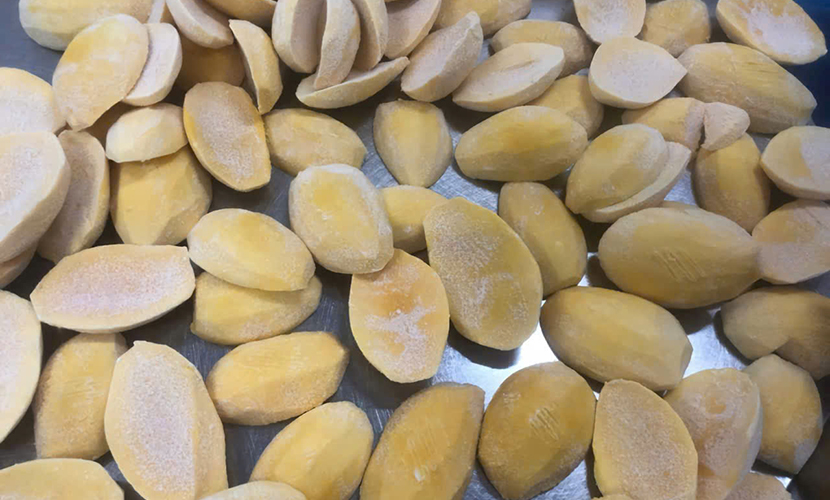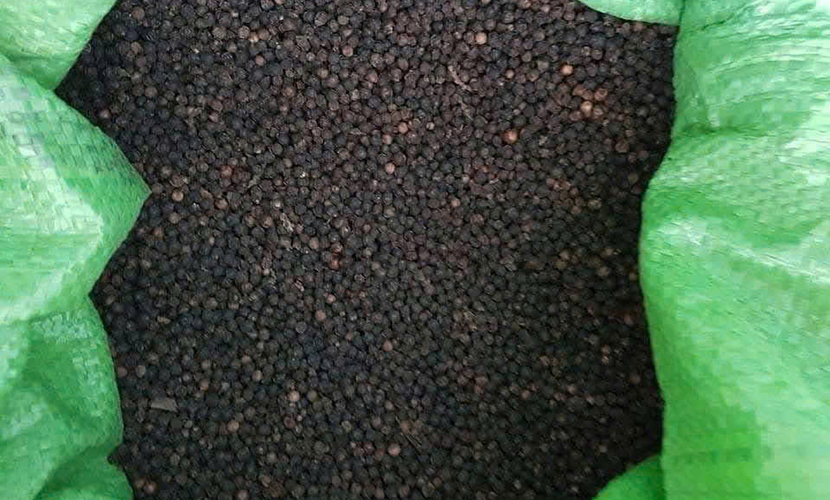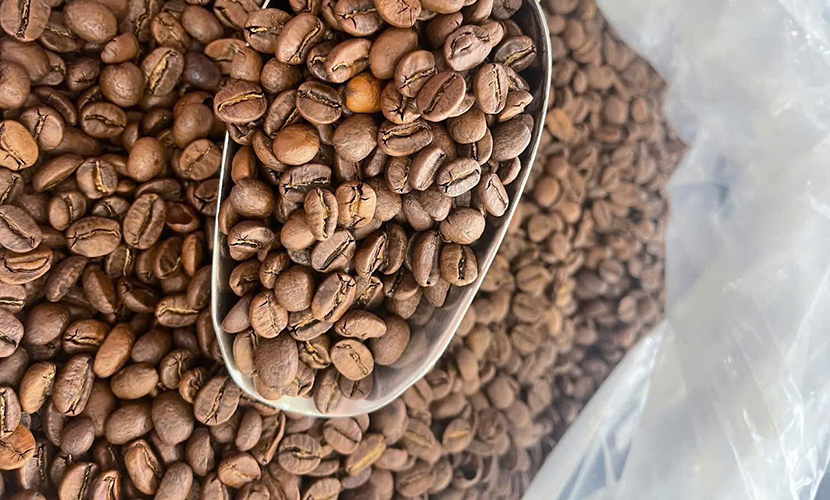
Vietnam’s agricultural commodities, a traditional strength, continues to play an important role in the export structure. Many key items have achieved significant growth thanks to a positive shift from raw exports to value-added production. This shift has been driven by advances in processing, quality improvement, and market expansion in the agricultural sector.
The global economy is gradually stabilizing after the fluctuations of previous years. Meanwhile, Vietnam’s import–export activities continue to play a key role in economic growth and foreign currency generation.
Among them, Vietnamese agricultural products are not only a traditional pillar. They also directly reflect the competitiveness, adaptability, and value-added capacity of Vietnam’s agricultural sector.

Vietnam’s agricultural commodities
In the first ten months of 2025, total export turnover reached $391.0 billion. It went up 16.2% compared to the same period last year. During the same period, import turnover reached $371.44 billion, an increase of 18.6%.
As a result, the trade balance in the first ten months of 2025 maintained a surplus of $19.56 billion. This demonstrates the economy’s stable and sustainable export-led growth trend.
In terms of commodity structure, Vietnam’s exports remain concentrated in processed industrial goods. These include electronics, mobile phones, textiles, and footwear.
However, Vietnam’s agricultural commodities—a traditional strength—continues to play an important role in the export structure. Many key agricultural items posted notable growth thanks to a positive shift from raw exports to value-added production. This growth was driven by processing, quality improvement, and market expansion within the agricultural sector.
Vietnam’s agricultural exports include major items such as seafood, coffee, rice, cashew nuts, pepper, fruits and vegetables, and rubber. Over the ten-month period, most of these core agricultural products saw positive growth in export value compared to the same period last year. Rice, however, was the only product to experience a sharp decline, reaching just $3.7 billion, down 24.7%.

Frozen mango – one of the key Vietnam’s agricultural commodities
Specifically, seafood exports reached $9.3 billion, up 13.1%. Vietnamese coffee achieved the strongest growth, with export value rising to $7.4 billion, an increase of 61.9%. This reflects a strong recovery in global coffee prices and rising demand in major markets.
Fruits and vegetables recorded stable growth, reaching $7.1 billion, up 14.6%, while cashew nuts reached $4.2 billion, up 19.4%. Pepper reached $1.4 billion, up 25.3%, and rubber reached $2.6 billion, increasing slightly by 2.5%.
The decline in Vietnamese rice exports is noteworthy, indicating challenges related to pricing, international competition, and supply management. Meanwhile, strong growth in coffee and pepper highlights significant opportunities from rising global agricultural prices. It also reflects Vietnam’s effective use of free trade agreements.
Seafood, in particular, continues to affirm its position as the highest-value agricultural export item. It makes an important contribution to overall export turnover.

Black pepper from Vietnam
Overall, Vietnam’s agricultural commodities maintained a positive growth trend in the first ten months of 2025. This was supported by recovering global demand and expanding export markets.
However, according to the Statistics Office, growth rates varied across product categories. Items such as coffee, pepper, cashew nuts, fruits and vegetables, and seafood recorded strong increases. In contrast, rice and rubber faced difficulties due to declining prices and intense competition among exporting countries.
The growth in agricultural export value also reflects the efforts of Vietnamese export enterprises in investing in deep processing and improving product quality. Additionally, it shows their commitment to complying with technical standards required by import markets.
In addition, global agricultural prices in 2025 showed a slight upward trend, particularly for coffee and pepper. This contributed to boosting export value for these products. Conversely, fluctuations in logistics costs, exchange rates, and technical barriers remain major challenges for Vietnamese agricultural exports.

Vietnamese coffee
In the final two months of 2025, export prospects for the agricultural sector will be able to remain relatively positive. Products such as coffee, pepper, cashew nuts, fruits and vegetables, and seafood are likely to continue their growth momentum. This will depend on international prices remaining stable and demand in major markets not declining.
Coffee, in particular, holds strong prospects as Vietnam remains one of the world’s leading suppliers. Seafood and fruits and vegetables will be able to benefit from free trade agreements and the rising trend of green consumption and food safety.
However, risks persist, especially for rice. It is under pressure from price and quality competition with major exporters such as Thailand, India, and Pakistan. Moreover, fluctuations in logistics costs, exchange rates, and weather conditions may directly affect production costs. They can also impact the competitiveness of Vietnam’s agricultural goods.
Therefore, to maintain and enhance its position, the sector needs to continue investing in processing and improving quality standards. It also needs to focus on diversifying export markets.
Vietnamese source: https://thuehaiquan.tapchikinhtetaichinh.vn/xuat-khau-cac-mat-hang-nong-san-chu-luc-tang-truong-tich-cuc-200962.html&link=autochanger
